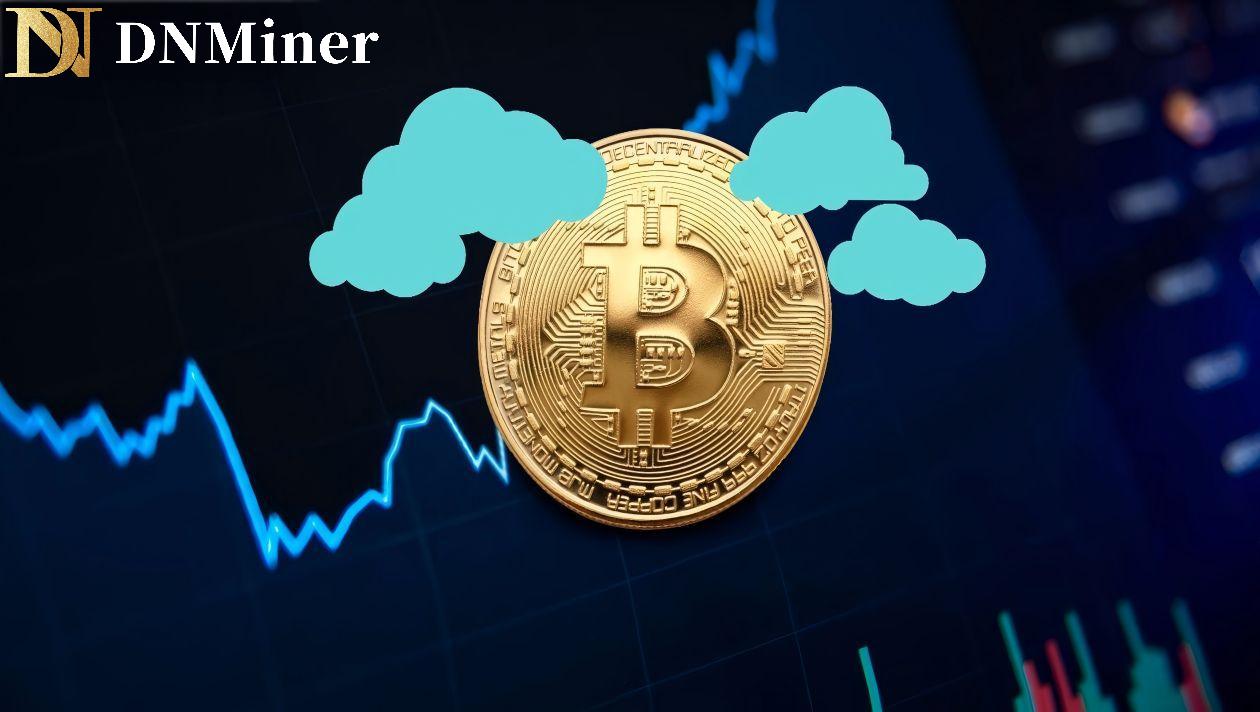Ethereum Network
Ethereum is a decentralized blockchain platform whose blockchain is maintained by a P2P network of the entire network. Each node in the network participates in the operation of Ethereum as a peer, forming a global Ethereum Virtual Machine (EVM). Currency transactions, contract releases, etc. are all verified, propagated, and stored through this P2P network. Depending on the application scenario, the Ethereum network includes: main network, test network, and private network:
Main network The main network is the network where Ethereum actually runs. Real Ethereum transfers and contract deployments occur on this network. This network involves real Ethereum coins
Test network The test network is specially established for testing purposes. For example, a smart contract should be fully tested on the test network before it is officially deployed to the main network. This network uses test coins and does not involve real Ethereum coins. Typical test networks include Rinkeby, Ropsten, and Kovan. Whether it is the main network or the test network, it is a P2P network participated by multiple nodes, but the mining difficulty in the test network is easier than that in the main network, making the test faster. The private network is simpler. It simulates and builds an Ethereum blockchain locally without connecting to the P2P network. The mining speed can be adjusted at will, making development and testing more efficient.
Private network is the development environment of Ethereum. It is often composed of developers running Ethereum nodes locally, or using various convenient tools to start local test networks, as well as private networks built for internal testing purposes.
Ethereum client
If you want to use the services provided by Ethereum, whether it is transferring money or deploying contracts, you need to use the Ethereum client to join the Ethereum network. To put it bluntly, the Ethereum client is the software that implements the Ethereum protocol. Its concept can be compared to the P2P download client used in daily life. The Ethereum client can be summarized as:
Full node client When the full node client joins the Ethereum network, it will synchronize all the Ethereum blockchain data to the local, so the configuration requirements are relatively high. The full node supports a very complete range of functions and is relatively secure because it interacts directly with the Ethereum network without going through a third party.
Light node client The light node client does not synchronize the entire Ethereum network. It provides services by connecting to other full nodes. Therefore, the services it provides are often limited and are often used in wallet scenarios.


DNMiner provides you with cutting-edge cryptocurrency mining technology — no need for specialized knowledge or expensive equipment. Leveraging global leading GPU computing power and a clean energy data center network, we offer you an efficient, stable, and sustainable mining experience.
Useful Links
Contact
2nd Floor, Greenwood House, London Road, Bracknell, England, RG12 2AA
© 2020-2025, DN Miner.All Rights Reserved.


DNMiner provides you with cutting-edge cryptocurrency mining technology — no need for specialized knowledge or expensive equipment. Leveraging global leading GPU computing power and a clean energy data center network, we offer you an efficient, stable, and sustainable mining experience.
Useful Links
2nd Floor, Greenwood House, London Road, Bracknell, England, RG12 2AA
© 2020-2025, DN Miner.All Rights Reserved.


